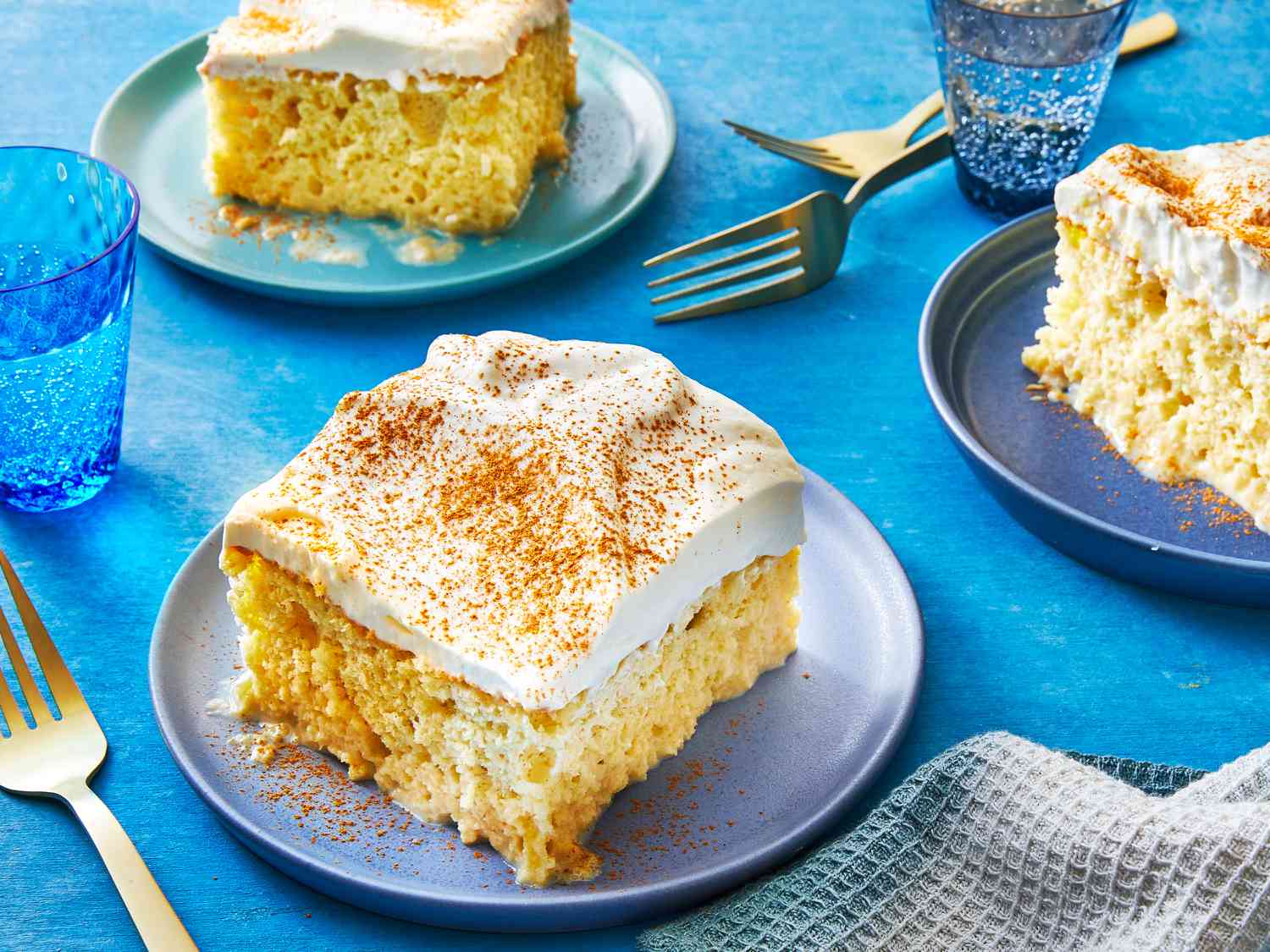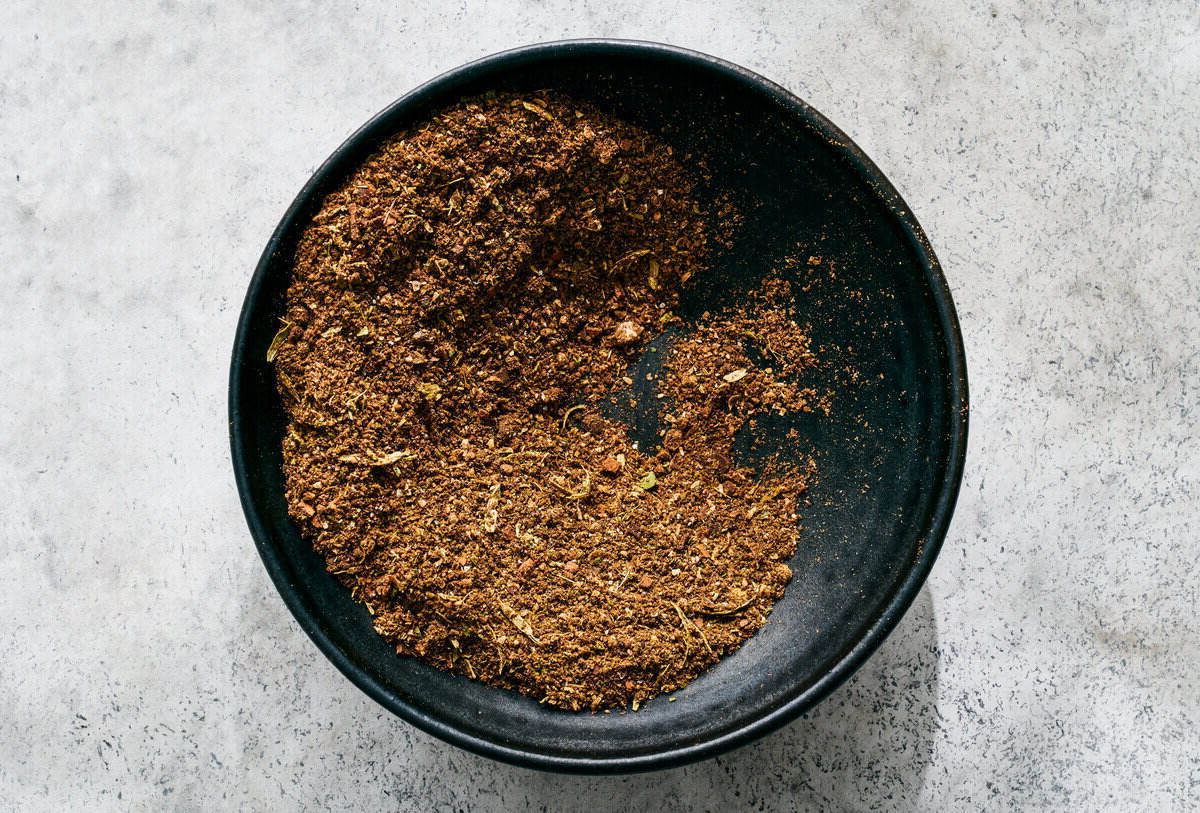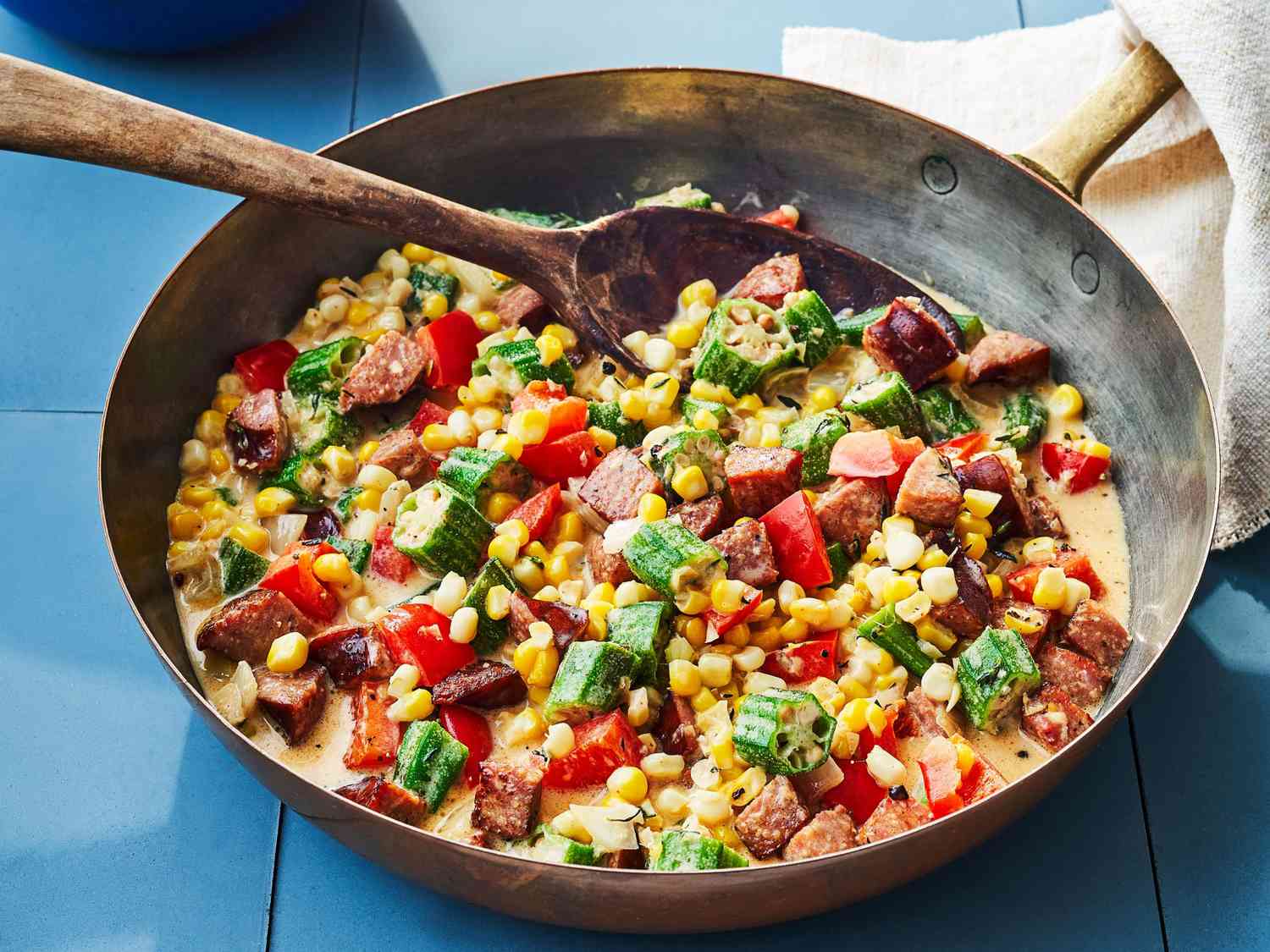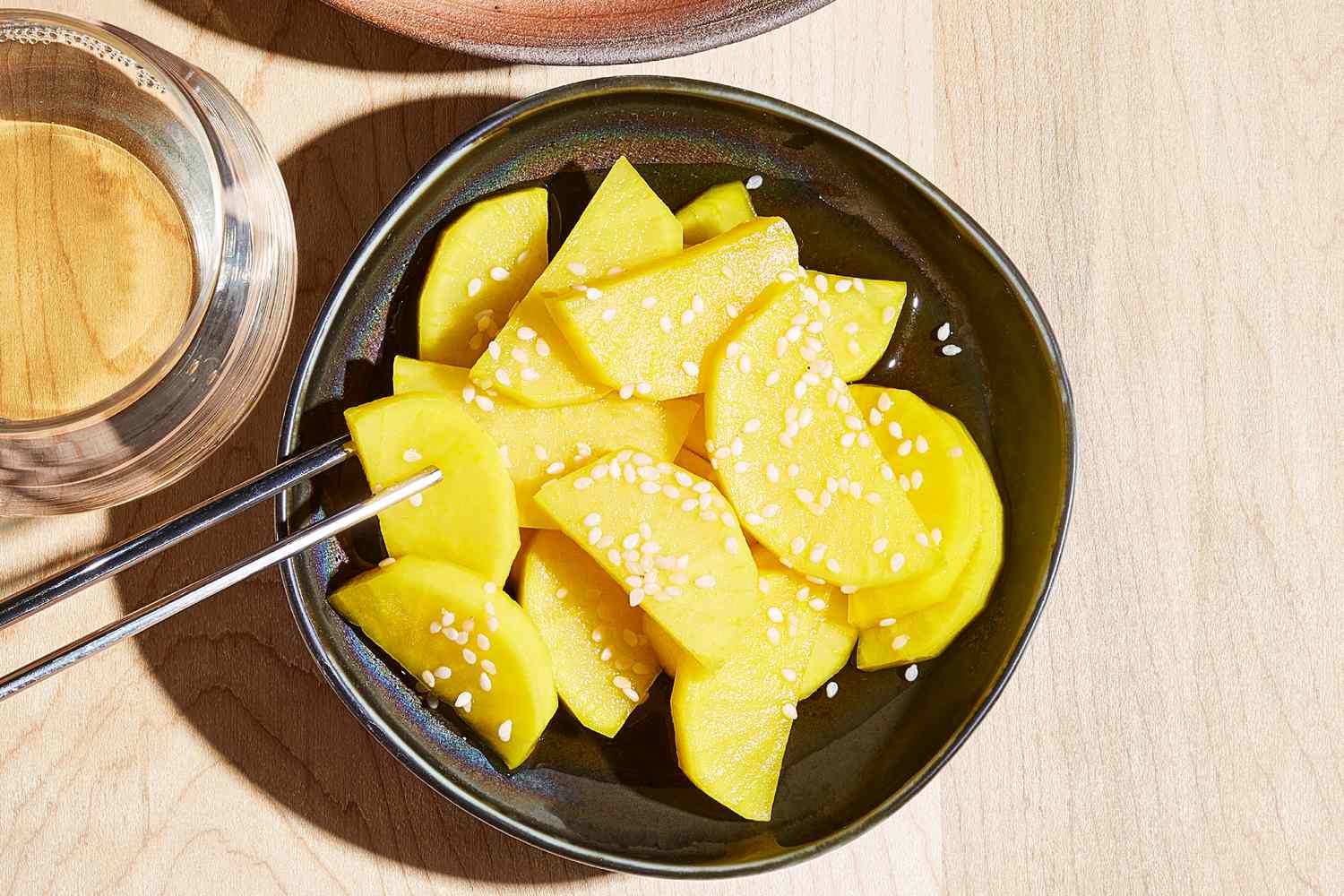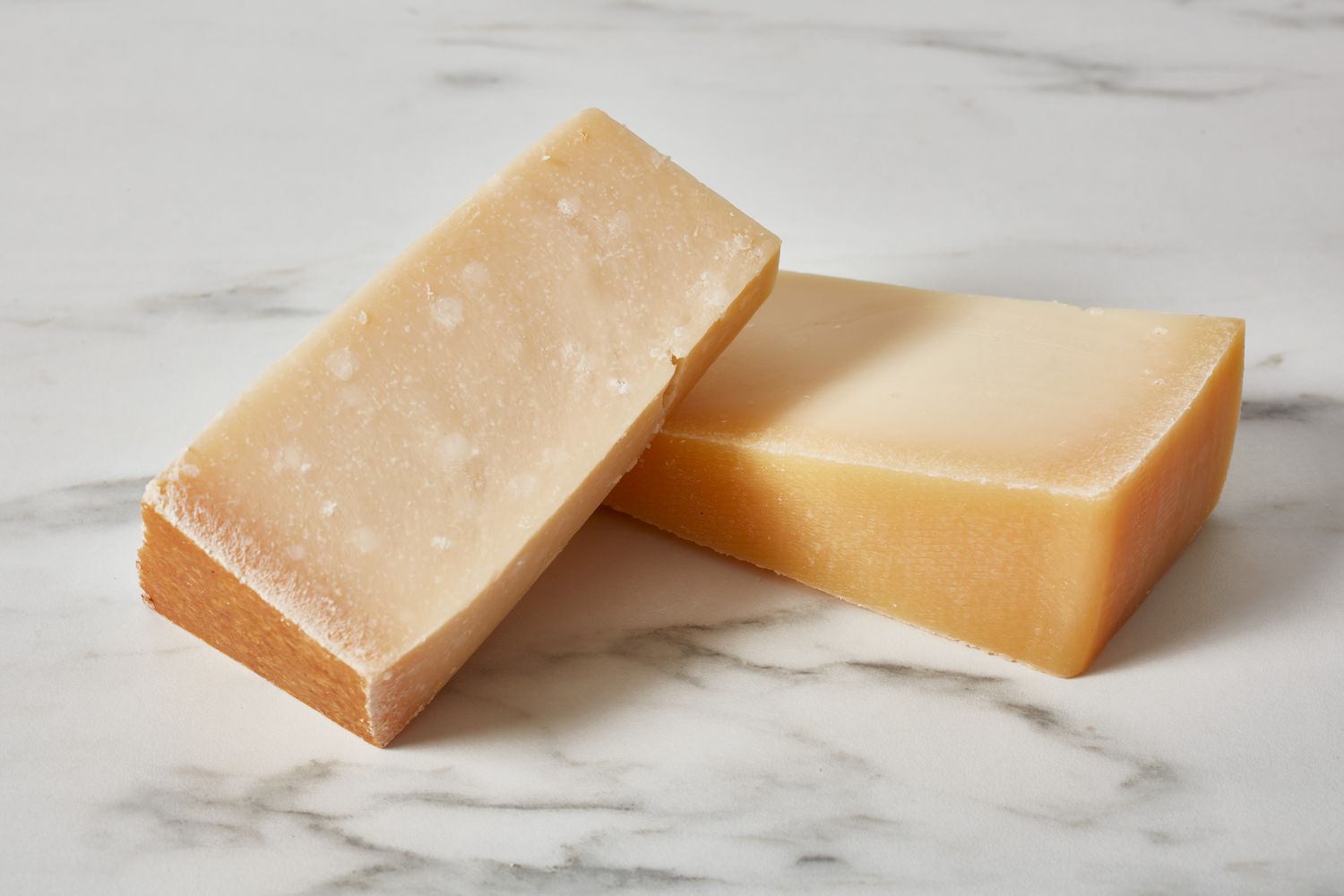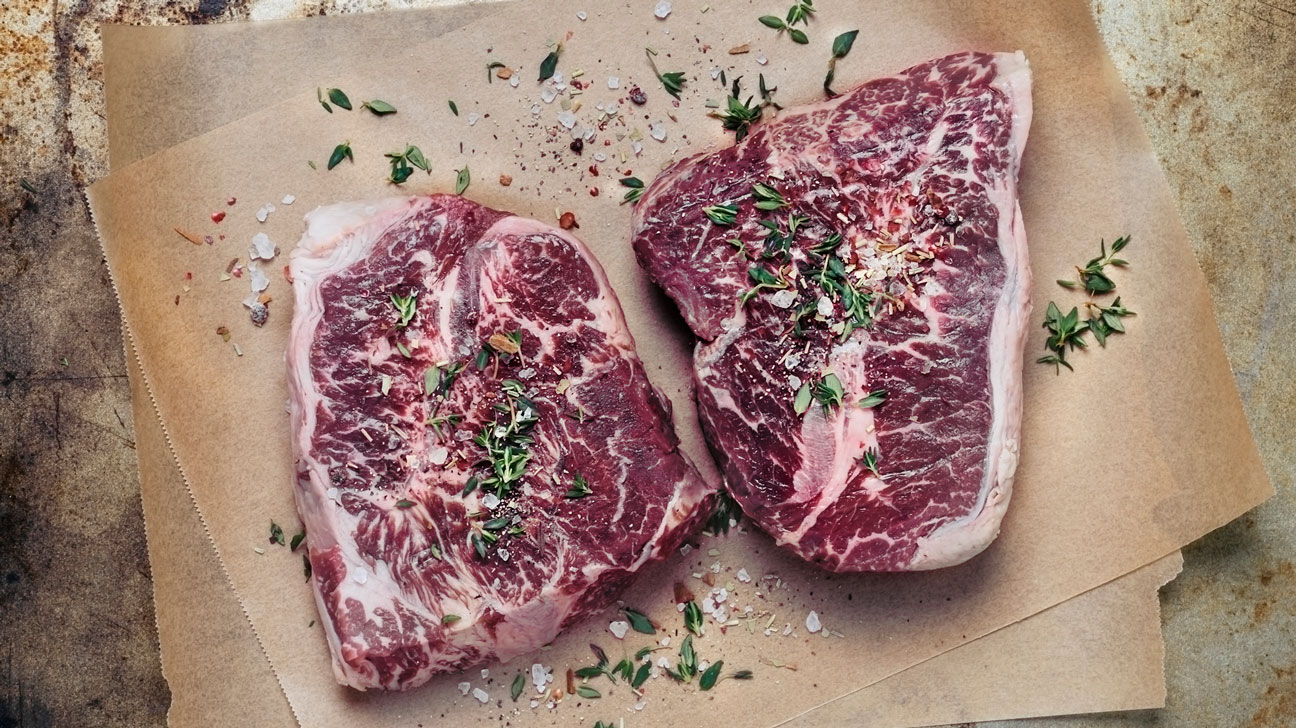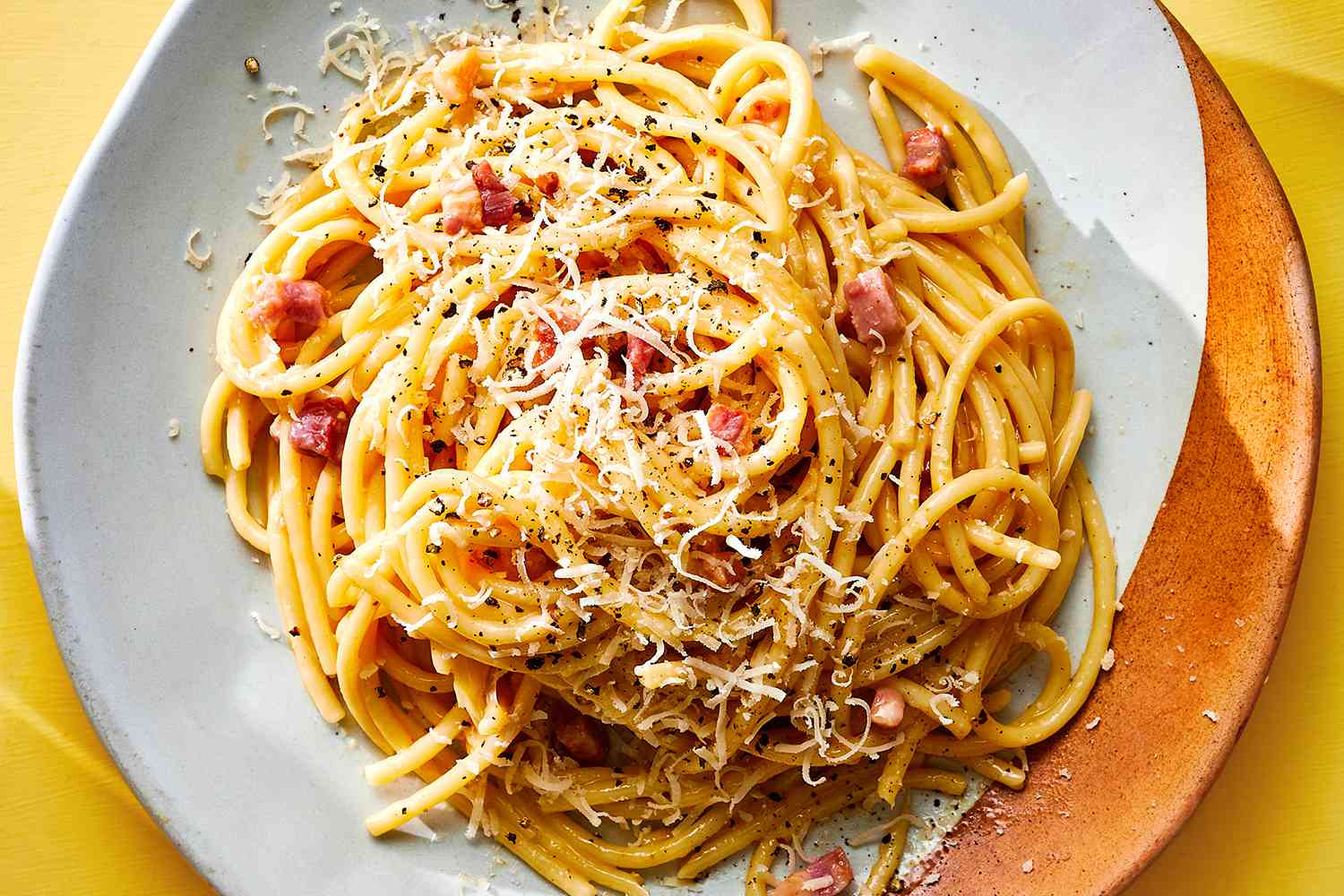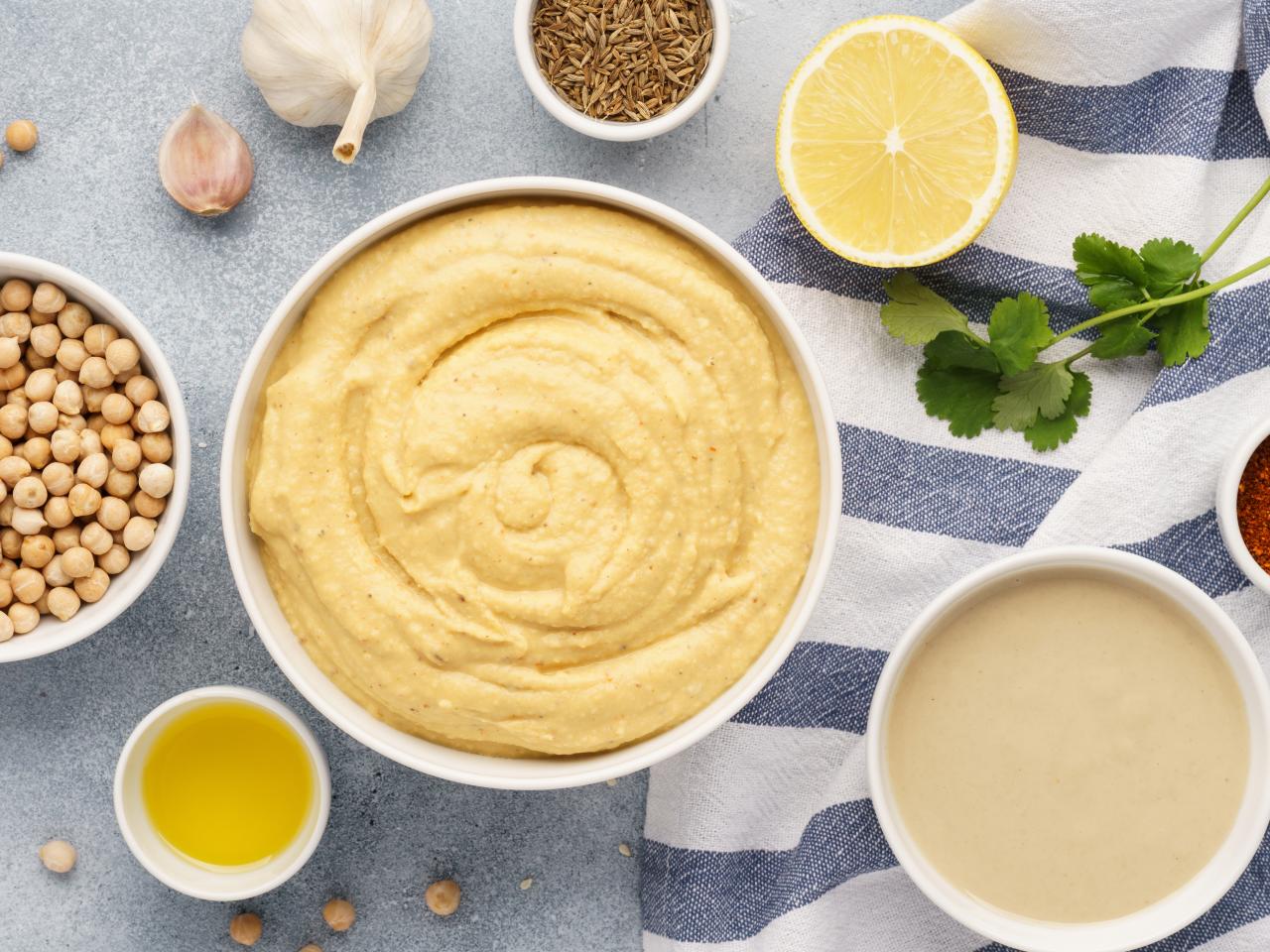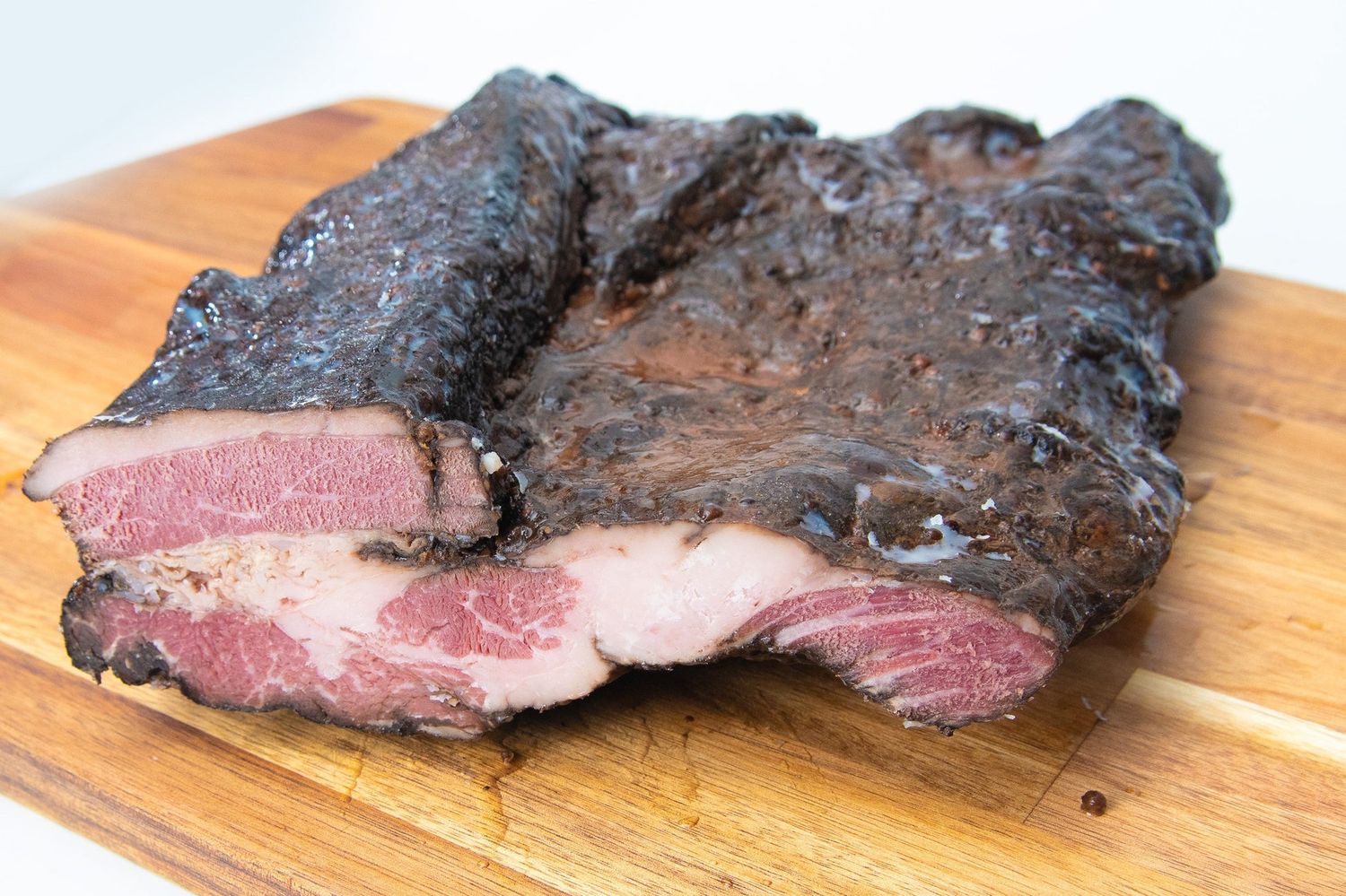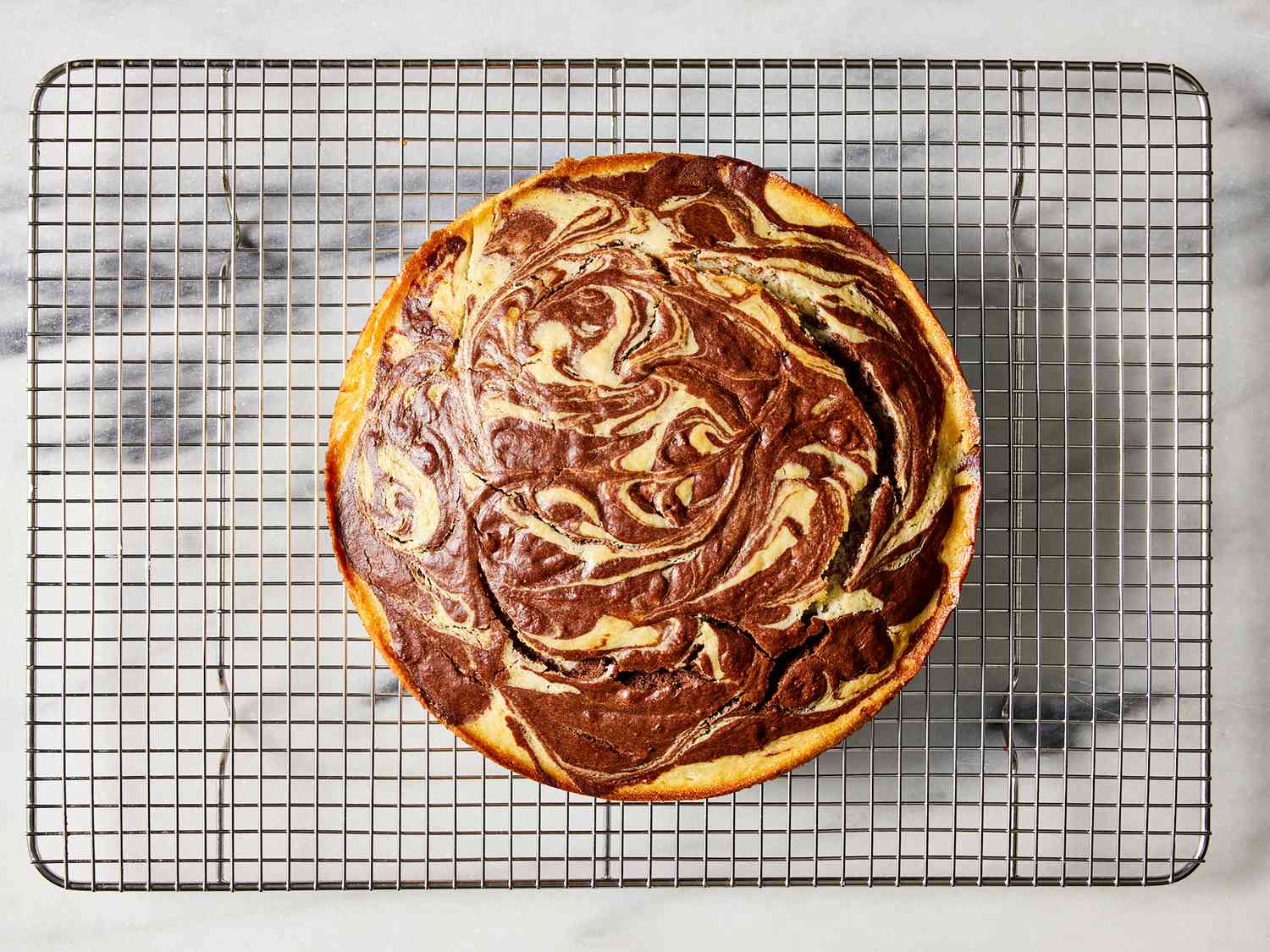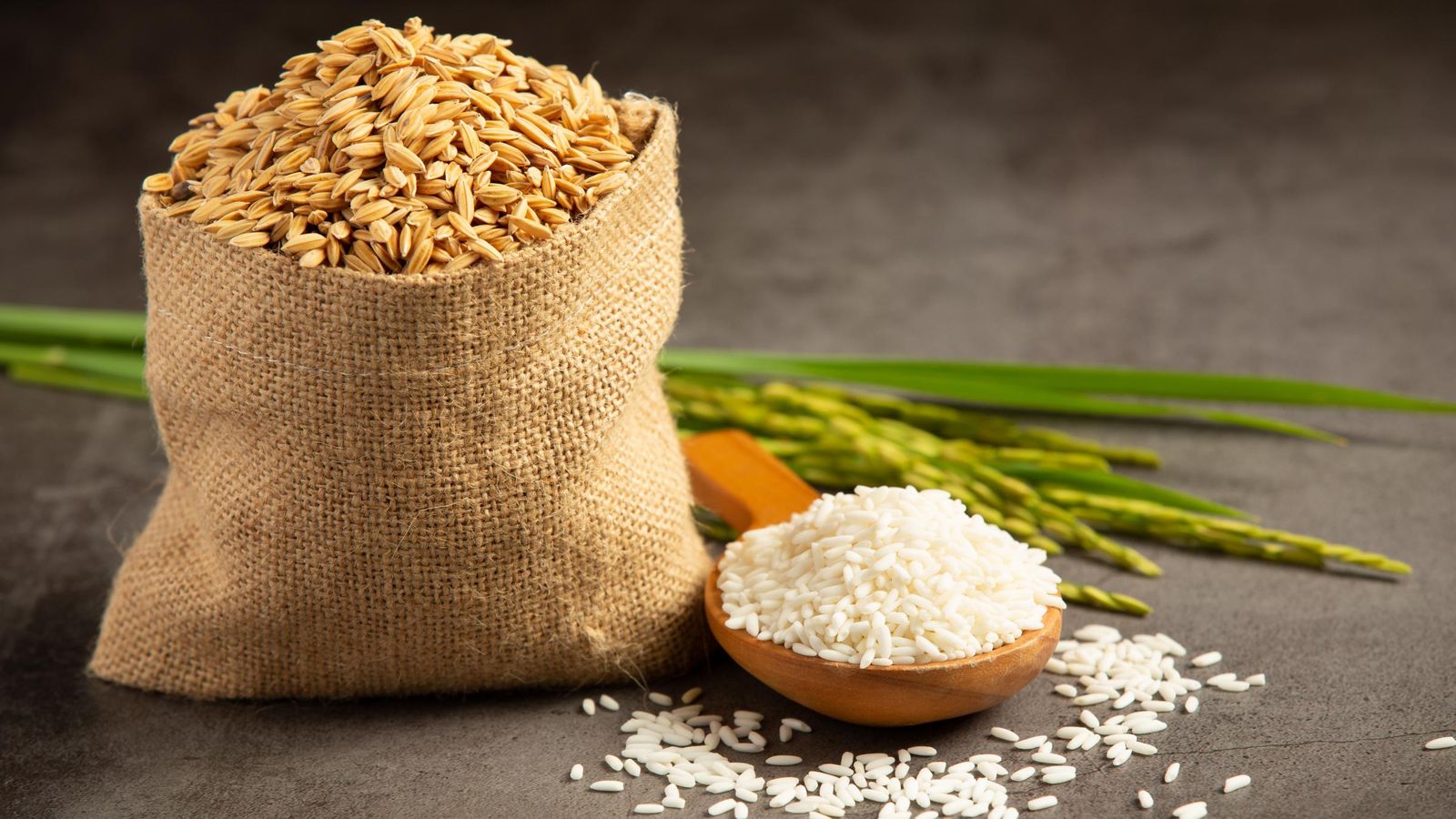Discovering the Delightful Papa a la Huancaina
Have you ever heard of Papa a la Huancaina? If not, you’re in for a treat! This traditional Peruvian dish is a true delight for the taste buds. Let’s dive into the world of Papa a la Huancaina and uncover what makes it so special.
What is Papa a la Huancaina?
Papa a la Huancaina is a classic Peruvian dish that features sliced boiled potatoes smothered in a creamy, spicy sauce known as Huancaina sauce. The sauce is made from a blend of fresh cheese, yellow Peruvian peppers, garlic, and other flavorful ingredients. The dish is typically served cold over a bed of lettuce, and it’s often garnished with hard-boiled eggs, olives, and a sprinkle of parsley.
The Origins of Papa a la Huancaina
Papa a la Huancaina hails from the city of Huancayo in the Peruvian Andes. It is believed to have originated as a simple, hearty meal enjoyed by the locals. Over time, it gained popularity throughout Peru and eventually made its way onto the menus of restaurants around the world.
How to Enjoy Papa a la Huancaina
When it comes to savoring Papa a la Huancaina, there are a few key tips to keep in mind:
- Embrace the Creamy Heat: The Huancaina sauce is the star of the dish, offering a creamy texture with a spicy kick. Be sure to savor the unique blend of flavors with each bite.
- Pair it with Peruvian Favorites: Papa a la Huancaina pairs beautifully with other Peruvian dishes such as ceviche, lomo saltado, or arroz con pollo. Consider creating a Peruvian feast to fully appreciate the culinary traditions of the region.
- Explore Variations: While the classic recipe for Papa a la Huancaina is beloved by many, don’t be afraid to explore variations of the dish. Some chefs add their own twist by incorporating additional ingredients or adjusting the level of spiciness in the Huancaina sauce.
Bringing the Flavors of Peru to Your Table
Whether you’re a seasoned food enthusiast or someone looking to expand their culinary horizons, Papa a la Huancaina is a dish that deserves a place on your must-try list. Its rich history, vibrant flavors, and simple yet satisfying preparation make it a standout in the world of Peruvian cuisine.
So, the next time you’re seeking a new and exciting dish to enjoy, consider whipping up a batch of Papa a la Huancaina. Your taste buds will thank you!
Was this page helpful?
Read Next: What Is The Best Mexican Candy

